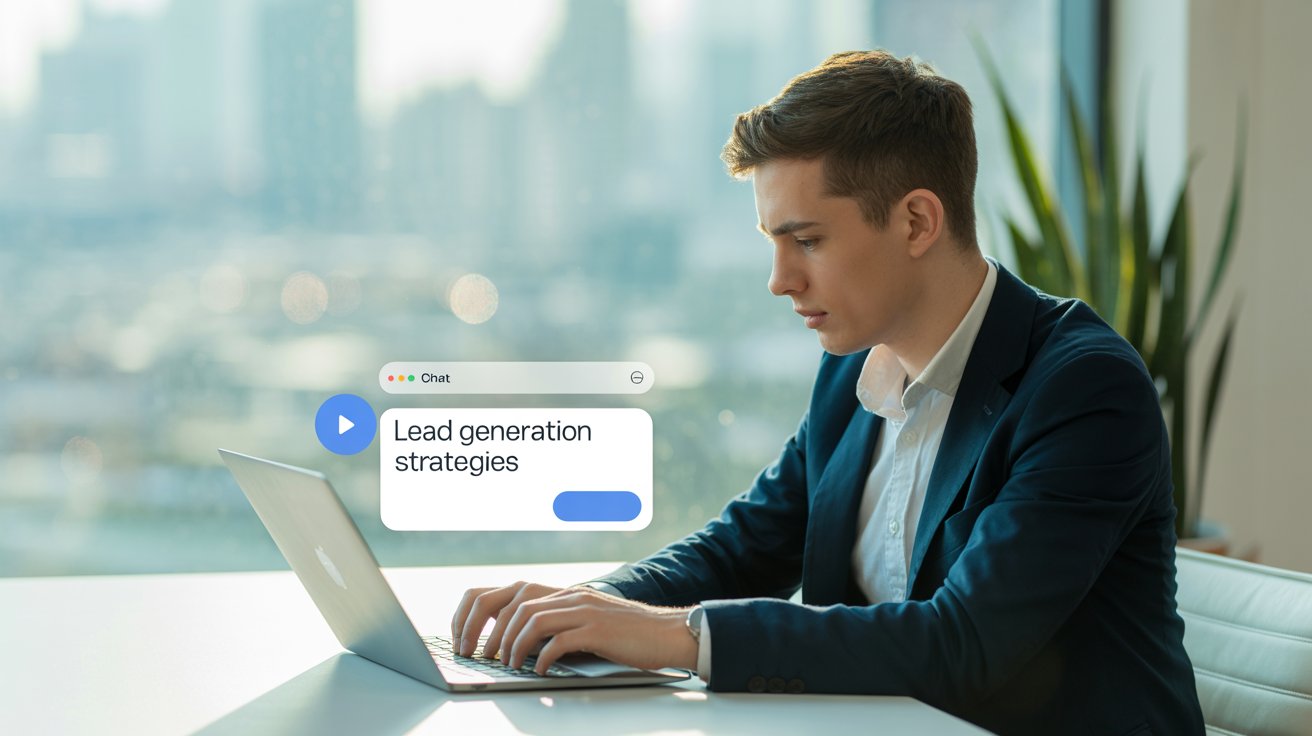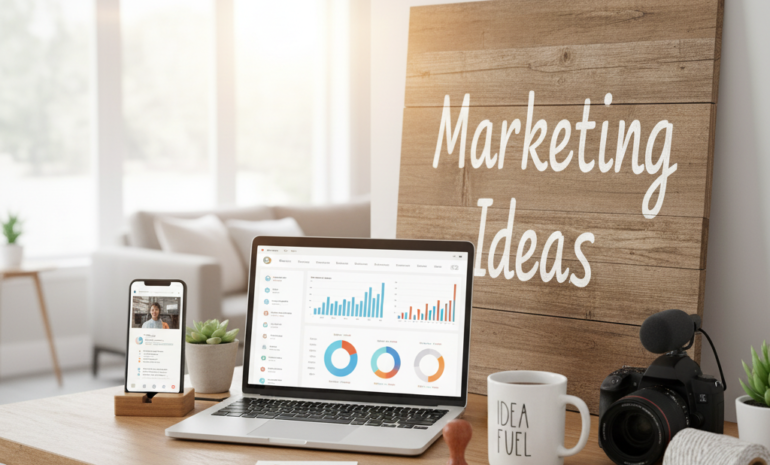An AI-powered chatbot is a software program that uses artificial intelligence to simulate human-like conversations with website visitors or app users.
It can understand natural language, respond instantly, and guide people through actions such as filling out forms, booking demos, or requesting information.
These bots are available 24/7 and help businesses automate lead generation without relying only on manual staff.
Why Do AI Chatbots Matter for Lead Generation?
AI chatbots go beyond simple question answering.
They qualify leads, capture contact details, and offer personalized suggestions in real time.
This improves user experience while increasing the chances of conversion.

How to Use AI-Powered Chatbots for Lead Generation?
Learn practical ways to deploy AI-powered chatbots to capture and qualify leads automatically.
This section explains step-by-step methods to boost conversions and streamline lead management.
1. Set Clear Lead Goals
A chatbot can only deliver strong results when it has a clear purpose.
Before setting it live, you should identify exactly what you want to achieve, even if it is increasing newsletter sign-ups, booking product demos, scheduling consultations, or generating direct sales leads.
Without defined goals, your chatbot might collect random information that your team cannot use effectively. Map out the type of visitor data you need and the actions you want them to take. Once the objectives are clear, you can design conversation flows, scripts, and automated triggers that guide prospects toward that action step.
This also helps in measuring performance later because you will know which metrics matter most for your business. Clear goals shape the content and tone of your chatbot and ensure it supports your larger marketing and sales strategy instead of functioning as a disconnected tool.

2. Integrate Chatbots on High-Traffic Pages
Positioning a chatbot in the right place is just as important as how it talks to visitors.
High traffic pages such as landing pages, pricing sections, product pages, or frequently visited blog posts are ideal spots. These pages already attract people with intent or interest, which makes them prime locations for lead capture.
Placing the chatbot where engagement is highest increases the chance that visitors will interact with it rather than bounce. Think about how your audience arrives at these pages, whether through ads, search engines, or email campaigns, and tailor the chatbot message accordingly.
Also, ensure the bot design does not block key content or distract from the page’s purpose. Thoughtful placement maximizes visibility without being intrusive and turns more of your existing traffic into meaningful conversations and qualified leads without spending more on paid campaigns.
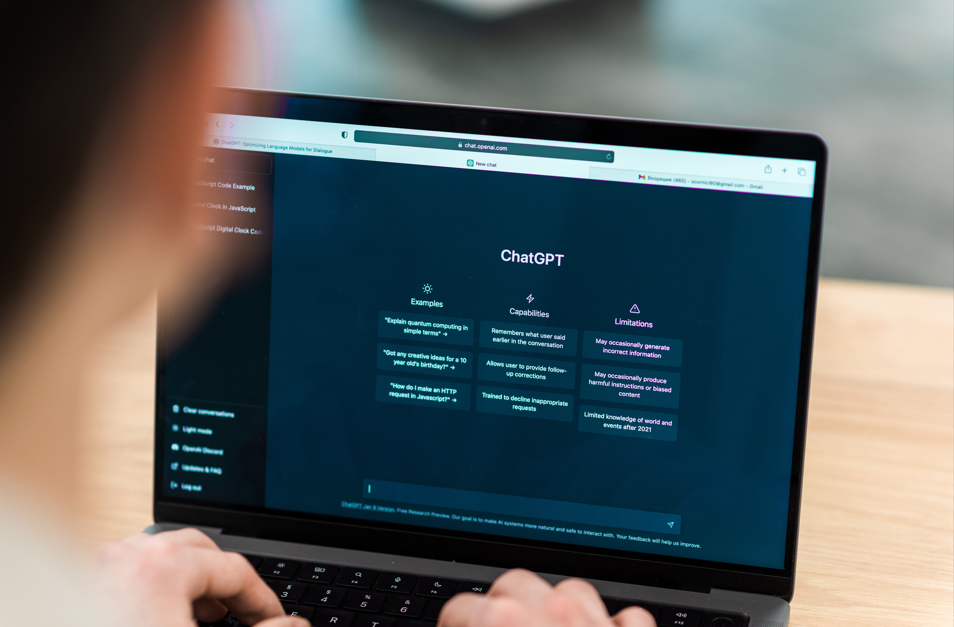
3. Use Targeted Messages
A one-size-fits-all chatbot message can feel impersonal and reduce engagement.
Using visitor data, you can set the chatbot to deliver different greetings or offers based on location, referral source, time on page, or actions taken.
For example, a visitor from a specific ad campaign can see a discount or free demo offer related to that ad, while an organic visitor might be shown a guide or newsletter sign up prompt. This level of personalization creates a sense of relevance, which increases the likelihood of the visitor responding.
The chatbot can also adjust its tone or question flow depending on whether someone is a first-time visitor or a returning lead.
Such targeted interactions mimic the experience of a live sales agent, making the conversation more engaging and productive for both sides and ultimately leading to better quality leads.
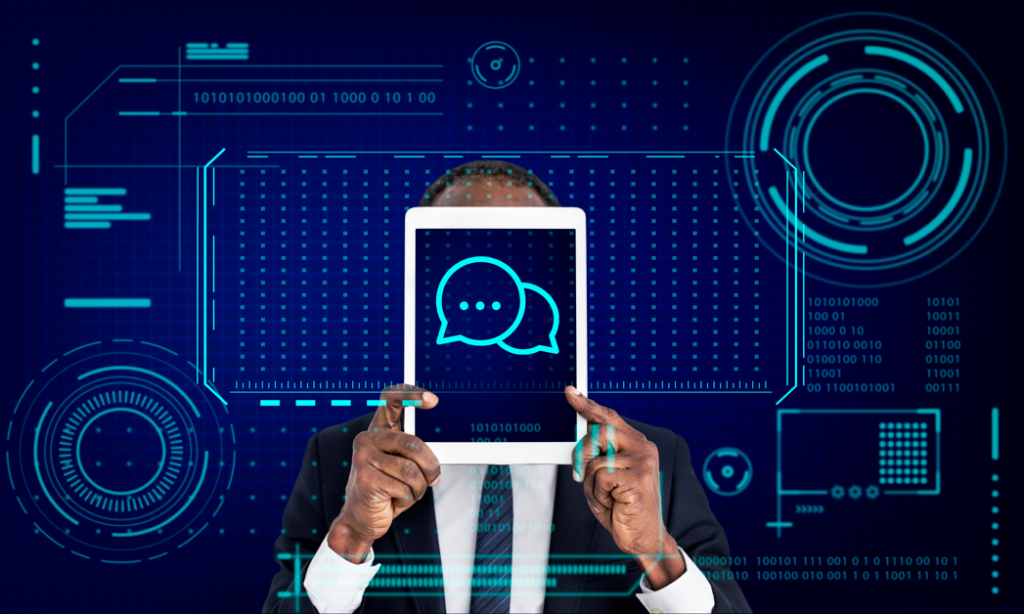
4. Automate Lead Qualification
Not every visitor is ready to buy or book a demo, and manually sorting through every inquiry can drain your team’s time.
A well-designed chatbot can handle this initial filtering automatically. Through short, friendly questions, it can uncover a prospect’s needs, budget, and timeline. The chatbot then tags or scores the lead based on the responses.
High-quality leads go directly to your sales team for immediate follow up while less ready prospects can be entered into a nurturing sequence, such as email updates or retargeting ads. This automation ensures your sales team spends time only on prospects with real potential, speeding up response times and improving close rates.
Visitors also appreciate receiving instant answers rather than waiting for human replies, which creates a positive first impression of your brand.
5. Provide Instant Value
People are more willing to share their details when they feel they are getting something useful in return.
Your chatbot should not just collect information; it should also deliver quick wins for the visitor. Examples include answering common questions instantly, providing a free guide or checklist, booking a demo slot on the spot, or offering a limited-time incentive.
These immediate actions make the interaction feel worthwhile and build trust. If a visitor leaves the chat feeling informed or supported, they are more likely to move further down your sales funnel.
Instant value also reduces bounce rates and positions your brand as responsive and customer-focused. Make sure your chatbot offers are easy to access and clearly visible within the chat window so the user does not have to search or wait.
6. Integrate with CRM Systems
Capturing leads is only part of the process. Those leads need to be organized and followed up on promptly.
Integrating your chatbot with a CRM or email marketing platform ensures that every interaction is logged automatically.
Contact details, chat transcripts, and lead scores flow directly into your database without manual copying.
This seamless transfer allows your sales or marketing team to see exactly where a prospect came from, what they asked, and how they responded. Automated workflows can then trigger follow-up emails, assign leads to specific team members, or move them into relevant nurturing campaigns.
This integration saves time and reduces errors and lost leads. The result is a smoother, faster, and more professional follow-up process that maximizes the value of every captured lead.

7. Test and Optimize
Launching a chatbot is not the end of the job; it is the start of an ongoing improvement cycle. Use analytics to track key metrics, including open rates, engagement, lead form completion rates, and drop-off points in the conversation.
This data shows what works and what needs adjustment. Test different greetings, question orders, or call-to-action buttons to see which version converts better.
Even small tweaks like simplifying a question or changing a response option can significantly increase conversions over time. Regularly updating your chatbot keeps it aligned with evolving customer needs and marketing campaigns.
Involving your sales or support team in this review process also brings insights from real conversations. Treat the chatbot as a living tool rather than a one-time setup, and its performance in generating qualified leads will steadily improve.
Top AI Chatbots You Can Use for Lead Generation.
Here are five strong AI-powered chatbot tools to use for lead generation:
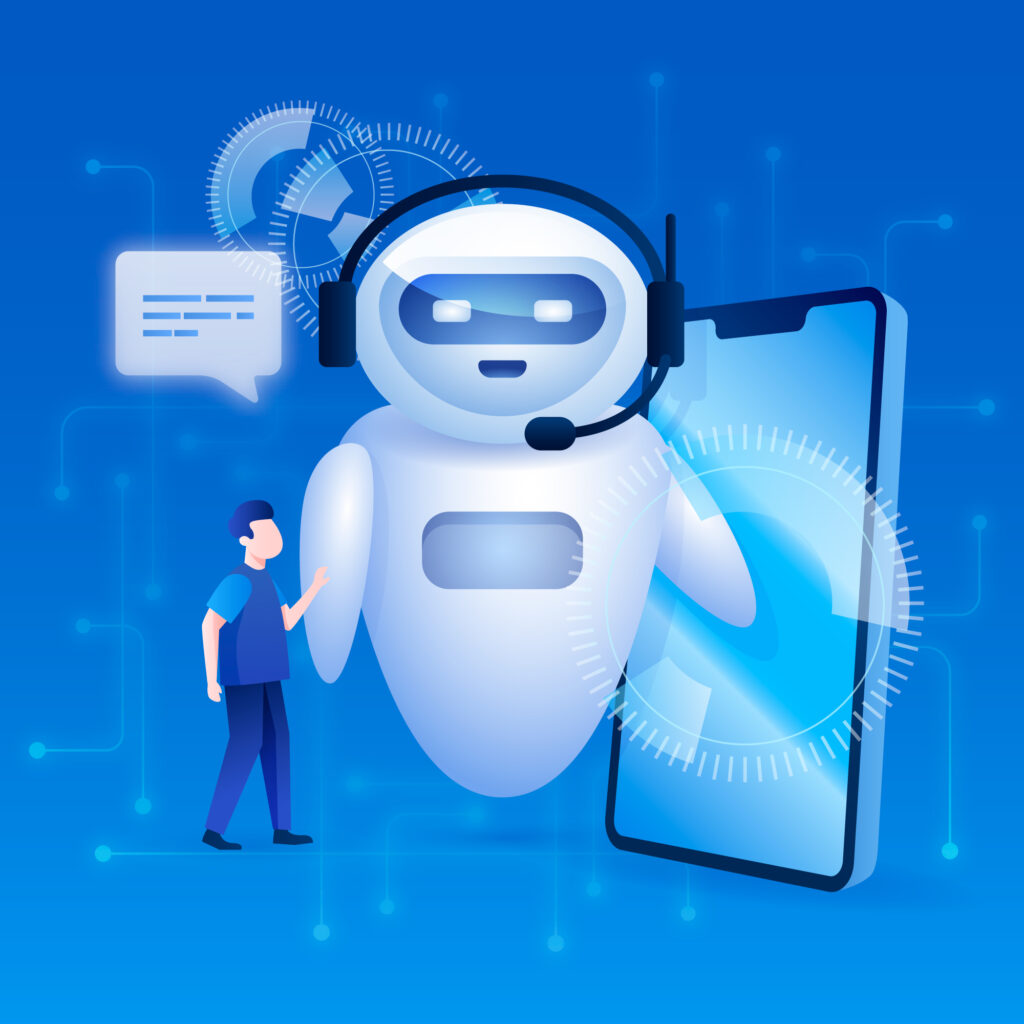
Drift
Drift is a conversational marketing platform that connects website visitors with sales teams in real time.
Its AI chatbots qualify leads automatically, book meetings on reps’ calendars, and deliver personalized messages based on visitor behavior.
The platform integrates with popular CRMs to streamline follow-up and improve conversion rates.
Intercom
Intercom combines live chat, AI bots, and customer data to create tailored conversations.
Its Resolution Bot answers common questions instantly, while custom workflows guide users toward demos or sign-ups.
Businesses can segment visitors, trigger targeted messages, and sync lead information with CRM tools for efficient nurturing and sales tracking.
HubSpot Chatbot Builder
HubSpot offers a built-in chatbot builder inside its free CRM.
Users can create bots that qualify leads, schedule meetings, and send follow-up emails automatically.
Since it runs on HubSpot’s platform, all captured data flows directly into contact records, giving sales teams complete context and reducing manual data entry.
ManyChat
ManyChat specializes in automating conversations on Facebook Messenger, Instagram, and WhatsApp.
Its drag-and-drop builder helps businesses create engaging chat sequences for capturing leads and sending updates.
Integration with email and SMS allows for multichannel follow-ups, turning social media interactions into qualified prospects without heavy technical skills or coding.
Tidio
Tidio combines live chat and AI bots for small to medium businesses.
Its AI Reply feature handles common inquiries, while the visual editor lets you design lead-capture flows quickly.
Tidio integrates with Shopify, WordPress, and CRMs, enabling seamless syncing of customer details and faster follow-up to boost conversions.
How can Brandout help businesses use AI chatbots for lead generation?
Brandout designs and deploys custom AI chatbots that fit your website or social platforms.
Our team sets clear lead goals, builds tailored conversation flows, integrates them with your CRM, and continuously optimizes performance so your business captures and converts more qualified leads.
Final Conclusion
AI-powered chatbots have moved from being a novelty to a core lead generation tool. They engage visitors instantly, qualify prospects, and deliver valuable data to your sales team without delays.
Proper goal setting, strategic placement, and ongoing optimization make them far more effective than a simple contact form.
When integrated with CRM systems and supported by human agents, they shorten the sales cycle and improve conversion rates.
Businesses that adopt well-planned chatbot strategies can scale lead generation while keeping costs under control.
Frequently Asked Questions
Are AI chatbots expensive to implement?
Many platforms provide flexible and affordable pricing plans. Initial setup costs are lower compared to hiring extra staff. Long-term savings on manual support usually outweigh the investment.
Can AI chatbots work on social media?
Yes, they integrate smoothly with Facebook Messenger, WhatsApp, and Instagram. This lets businesses answer queries and capture leads instantly. Leads from social channels can then sync to your CRM.
Do chatbots replace human agents completely?
No, they mainly handle repetitive or basic inquiries. Human agents still manage complex situations and negotiations. Both together create a faster and more efficient support system.
How do chatbots qualify leads?
They ask structured questions to gather key details. Responses are analyzed and scored automatically in real time. High-value leads are routed to the sales team for action.
What industries benefit most from AI chatbots?
Almost every industry can gain measurable advantages. E-commerce, real estate, education, and healthcare see strong results.
B2B services also use them to nurture and convert prospects.

